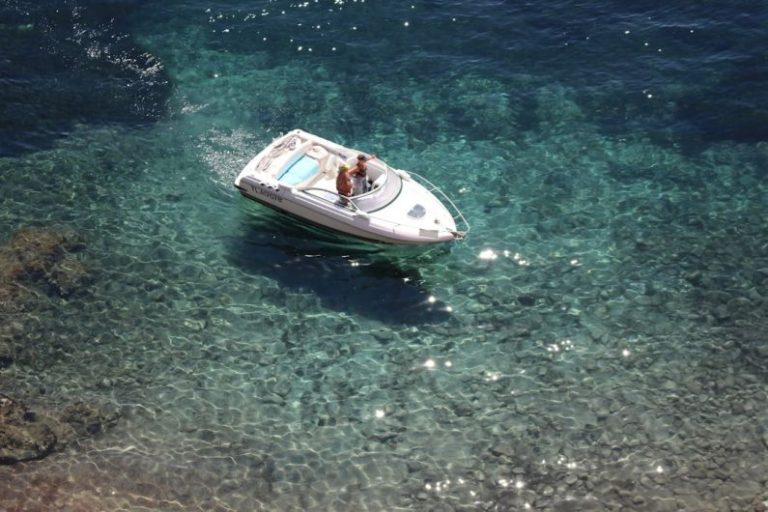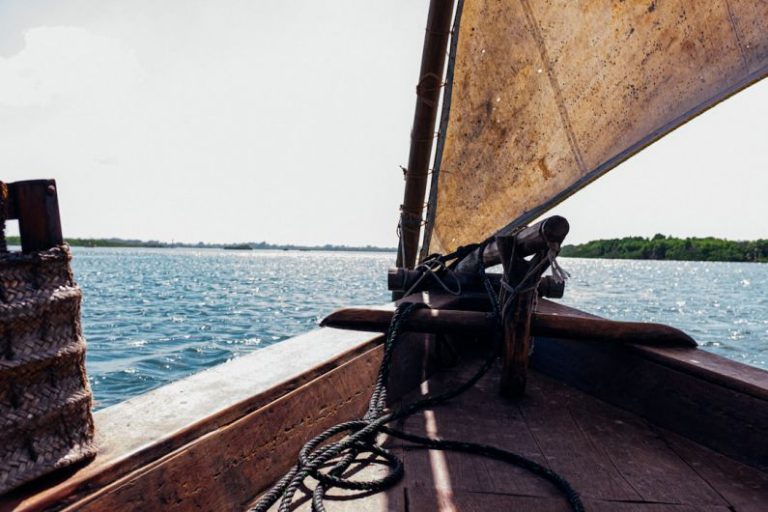
Rowing challenges require a combination of strength, endurance, and technique to excel. Whether you are a beginner or a seasoned rower looking to improve your performance, honing your rowing technique is essential. By focusing on specific aspects of your rowing form, you can enhance your efficiency, power, and overall performance on the water. In this article, we will explore effective strategies to help you improve your technique in rowing challenges.
**Understanding the Stroke**
The foundation of efficient rowing lies in understanding the different phases of the rowing stroke. The stroke cycle consists of four main parts: the catch, drive, finish, and recovery. Each phase plays a crucial role in propelling the boat forward smoothly and efficiently.
**Mastering the Catch**
The catch is the beginning of the stroke where the blade enters the water. To optimize this phase, focus on maintaining a strong posture, with your back straight and shoulders relaxed. Avoid hunching over or leaning too far back, as this can compromise your power and stability. Engage your core muscles and ensure a quick, clean entry of the blade into the water to maximize the effectiveness of your stroke.
**Powerful Drive Phase**
The drive phase is where the real power is generated in rowing. To enhance your drive, concentrate on pushing through your legs first, followed by engaging your back and arms in a coordinated motion. Keep your movements smooth and controlled, avoiding any jerky or erratic motions that can waste energy. Remember to maintain a consistent rhythm and power application throughout the drive phase to maximize your propulsion.
**Finishing Strong**
As you approach the finish of the stroke, focus on a strong and decisive release of the oar from the water. Use your core muscles to help guide the blade out smoothly, maintaining a solid connection with the water until the last moment. Avoid cutting the stroke short or rushing through the finish, as this can diminish the effectiveness of your overall technique.
**Efficient Recovery**
The recovery phase is often overlooked but is just as crucial as the drive in rowing. Use this phase to reset and prepare for the next stroke by smoothly gliding the oar back to the catch position. Focus on maintaining a relaxed posture, allowing your body to recover and conserve energy for the next powerful drive. Avoid rushing through the recovery phase and instead focus on a controlled and deliberate movement that sets you up for success in the next stroke.
**Drills and Practice**
Improving your rowing technique requires consistent practice and dedication. Incorporate specific drills into your training routine to target areas of weakness and enhance your overall form. Focus on drills that emphasize posture, blade entry, power application, and recovery to address key aspects of your technique. By dedicating time to focused practice, you can gradually refine your rowing skills and improve your performance in challenges.
**Video Analysis**
Utilize video analysis as a valuable tool to assess and improve your rowing technique. Record your rowing sessions from different angles to gain insights into your form, posture, and blade work. Review the footage with a coach or experienced rower to identify areas for improvement and develop a personalized plan to enhance your technique. Visual feedback can be instrumental in pinpointing specific areas of your rowing stroke that may require adjustment or refinement.
**Consistency is Key**
In conclusion, improving your technique in rowing challenges requires a combination of knowledge, practice, and dedication. By focusing on mastering the key elements of the rowing stroke, incorporating targeted drills, utilizing video analysis, and maintaining consistency in your training, you can elevate your rowing performance to new heights. Remember that progress takes time and effort, so stay committed to refining your technique and embracing the journey of becoming a stronger and more efficient rower.





